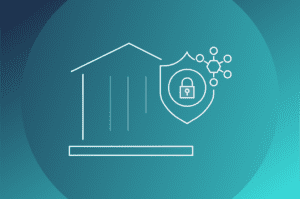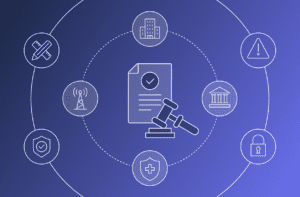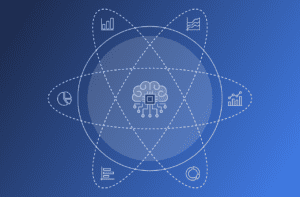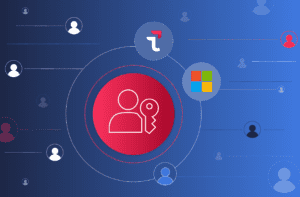What Is Authentication as a Service?
Authentication as a Service (AaaS) is a cloud-based solution for user authentication. Online services can easily integrate AaaS into their applications, achieving strong and secure user authentication for distributed services. With AaaS, organizations can avoid a fragmented authentication experience by using a cohesive authentication service across all of their online applications.
What is IDaaS (Identity as a Service)?
Identity as a Service (IDaaS) is also cloud-based. It is a delivery model in which an identity solution is developed and maintained by a trusted third party. The purpose of IDaaS is to accurately authenticate users and provide the right level of access to their accounts and services. While specific features vary across vendors, all IDaaS solutions attempt to solve the authentication problem in some way.
IDaaS providers follow the familiar “as a service” model that has become common in today’s tech. Subscribers remotely receive authentication services which they supply to their end users, effectively offloading the burdens of security, identity management and expensive infrastructure.
Some IDaaS solutions are also identity providers (IdPs), but these terms are not synonymous. IDaaS refers to a wide range of services, many of which can be integrated with IdPs or other IDaaS solutions. For example, Transmit Security’s entire solution lineup is IdP-agnostic, meaning that customers can mix and match any identity provider with our CIAM platform.
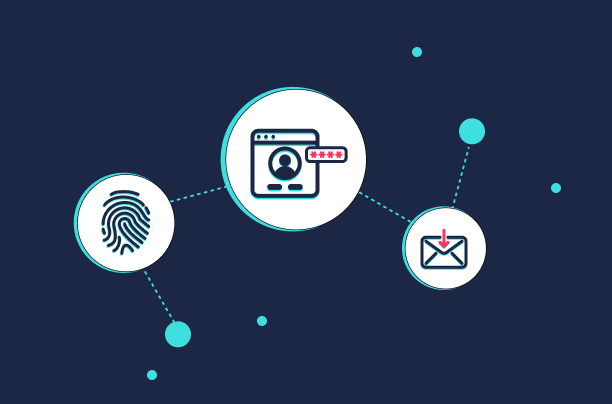
Why do I need IDaaS? Can’t I do it on my own?
Without identity providers, companies are forced to provide authentication with their own homegrown solutions. These are typically an amalgamation of different protocols and features, and they can be very costly to produce and maintain. Because of the inflexible nature of this model, any changes to the system (such as hardware upgrades or regulatory compliance issues) could force the company to go into overdrive to catch up.
With the rise of cloud computing, remote authentication has become a necessity. That’s why IDaaS solutions were created to solve the specific problem of access to cloud-based products. It’s no longer tenable to directly authenticate users, and the added risk of storing user identities can put organizations within regulatory crosshairs, or worse, make them a target for cyber criminals.
Homegrown solutions present enormous risk while only providing the minimal perk of deeper customization — an option that rarely yields benefits considering industry best practices are typically well-established and rapidly adopted by IDaaS providers.
IDaaS core features for enterprise
The main elements of IDaaS solutions vary greatly, but some of their key strengths are implementing SSO, MFA and passwordless authentication. Without a cloud-based authentication and identity management solution, many of these options are limited or difficult to achieve with only self-hosted development.
- SSO
Single Sign-On (SSO) is a way to authenticate users between multiple sites, services and web-facing applications without forcing them to log in each time they move to a different . Cloud-based IAM provides a centralized remote system that can provide a consistent identity on any service with SSO integration. A remote, cloud-based IAM system is an integral element of SSO, as is an IdP.
- MFA
Multi-factor authentication is a common tactic for strengthening knowledge-based authentication like passwords, but it is also incorporated into a number of other systems that eliminate passwords altogether. The most familiar implementation involves a user receiving an OTP (one-time passcode) after they enter their password. This is often handled as a step-up process — meaning it only triggers if the user tries to access specific privileges or resources — in order to avoid presenting unnecessary obstacles.
- Passwordless authentication
Passwordless authentication comes in many forms, though the most well-known method is biometric authentication. Constructing a passwordless option without cloud-based IAM can be difficult because of the complex protocols involved in integration across different apps, sites and services. Some IDaaS providers specialize in passwordless authentication, which provides a much more secure and convenient login experience.
- Biometrics
Following passwordless authentication is its most visible and popular application: biometric authentication allows a user to verify their identity using an inherency factor, such as a fingerprint, voice scan or facial recognition. Biometrics are steadily growing in adoption as more and more companies are clued into how secure and convenient they can be for their users.

Benefits of adopting an IDaaS solution
The main advantage of going with an IDaaS provider is offloading the risk, development time and operating costs of creating and managing user identities. IDaaS bridges the gap between users and providers, allowing organizations to focus on improving their application experiences and customer journey rather than tackling difficult authentication problems.
Organizations that have run into a financial barrier due to their self-hosted solution have the most to gain from adopting IDaaS. Similarly, organizations that want to improve their security and customer experience without waiting months or years may choose an IDaaS provider because the solution is easy to configure and requires less time to reach production. The lengthy development process and financial burden associated with creating a bespoke solution can be enormous, so many companies prefer the simplicity of out-of-the-box functionality.
The ROI for IDaaS is typically much better than any company can do on their own. It’s significantly cheaper to invest in a subscription that strengthens security, provides better user management and lowers operational costs.
What the future holds for identity as a service
IDaaS is a rising star in the cybersecurity industry, and it’s swiftly becoming the norm to subscribe to remote authentication services rather than building an in-house system. While industry titans like Google and Microsoft will undoubtedly continue to handle most of their own authentication needs, it’s clear that IDaaS is the way to go for organizations that want a highly secure and cost-effective solution.
